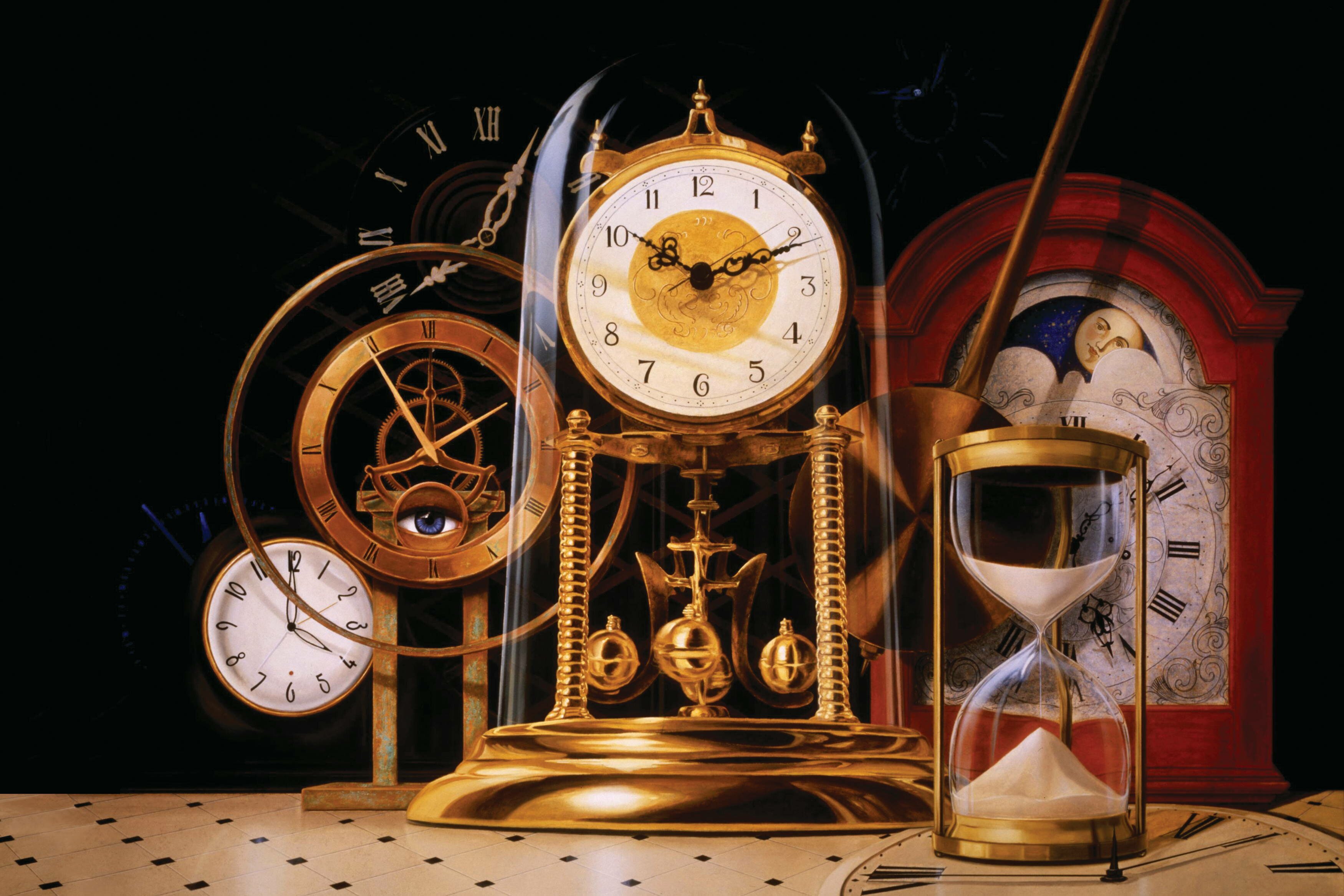Bechlivanidis, C., Buehner, M. J., et al.
(2022).
Psychological Science, 33(2), 224–235.
Abstract
The goal of perception is to infer the most plausible source of sensory stimulation. Unisensory perception of temporal order, however, appears to require no inference, because the order of events can be uniquely determined from the order in which sensory signals arrive. Here, we demonstrate a novel perceptual illusion that casts doubt on this intuition: In three experiments (N = 607), the experienced event timings were determined by causality in real time. Adult participants viewed a simple three-item sequence, ACB, which is typically remembered as ABC in line with principles of causality. When asked to indicate the time at which events B and C occurred, participants’ points of subjective simultaneity shifted so that the assumed cause B appeared earlier and the assumed effect C later, despite participants’ full attention and repeated viewings. This first demonstration of causality reversing perceived temporal order cannot be explained by postperceptual distortion, lapsed attention, or saccades.
Statement of Relevance
There are two sources of information on the temporal order of events: the order in which we experience them and their causal relationships, because causes precede their effects. Intuitively, direct experience of order is far more dependable than causal inference. Here, we showed participants events that looked like collisions, but the collided-on object started moving before the collision occurred. Surprisingly, participants indicated in real time that they saw events happening significantly earlier or later than they actually did, at timings compatible with causal interpretations (as if there were indeed a collision). This is evidence that perceived order is not the passive registration of the sequence of signals arriving at the observer but an active interpretation informed by rich assumptions.
General Discussion
Collectively, our findings constitute the first demonstration of a unisensory perceptual illusion of temporal order induced by causal impressions, indicating that the visual system generates the experienced order through a process of interpretation (Grush, 2016; Holcombe, 2015). Participants were given precise instructions and sufficient time to repeatedly view the sequences, they attended to the critical events using the same modality, and they synchronized object motion with a nonlocalized flash. We can thus confidently rule out alternative explanations based on inattentional blindness, multimodal integration, flash lag, and motion aftereffects. Because stimulus presentation was free and unconstrained relative to the time of saccades, our results cannot be accounted for by transient perisaccadic mislocalization, either (Kresevic et al., 2016; Morrone et al., 2005). Although in this case we examined the effect only with an adult population recruited from a crowdsourcing platform, previous research suggests that children as young as 4 years old are also susceptible to causal reordering, at least when asked to make post hoc reports (Tecwyn et al., 2020). More research needs to be carried out to study the degree of perceptual shift and, more broadly, the generalizability of the current results.




